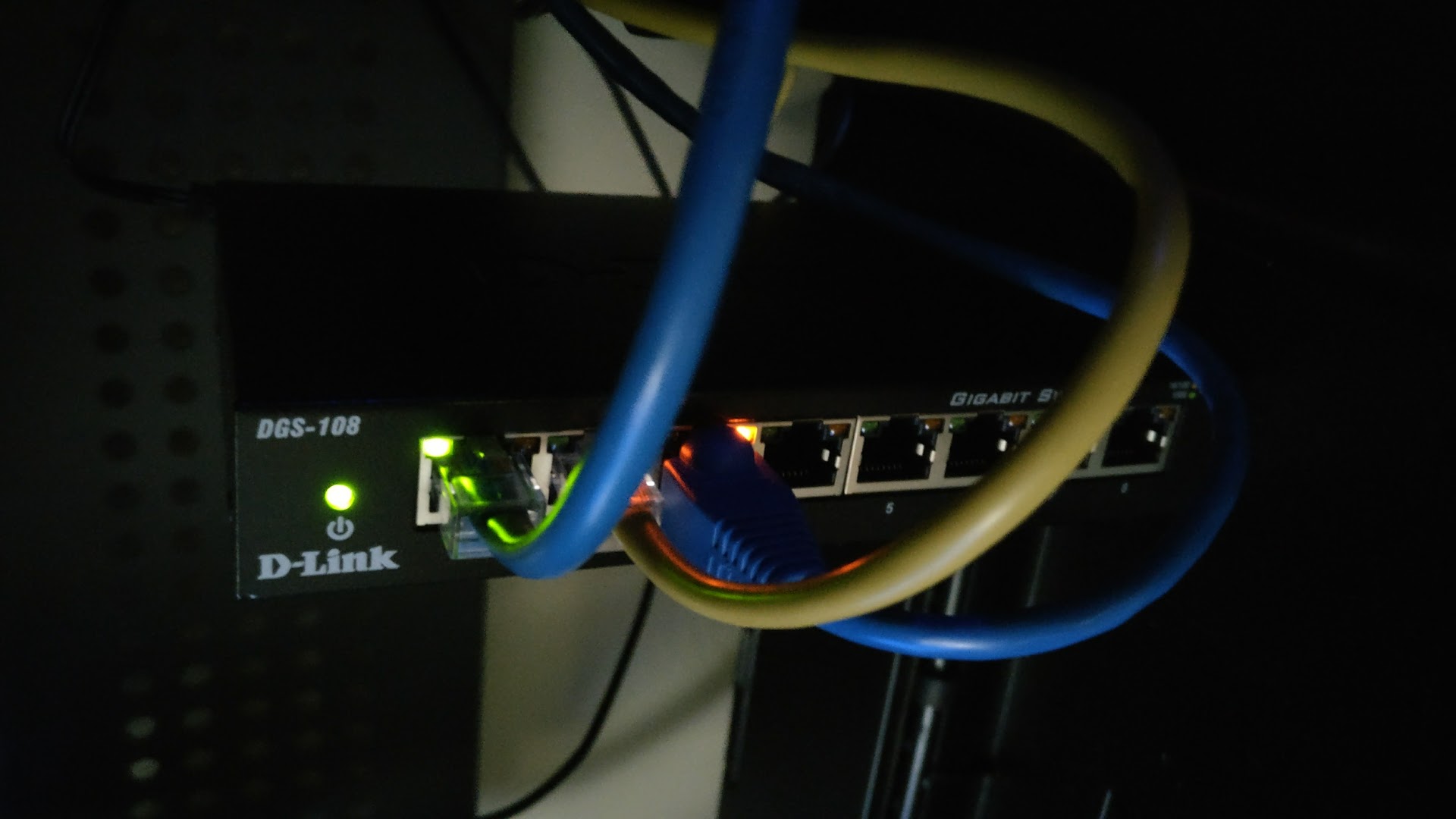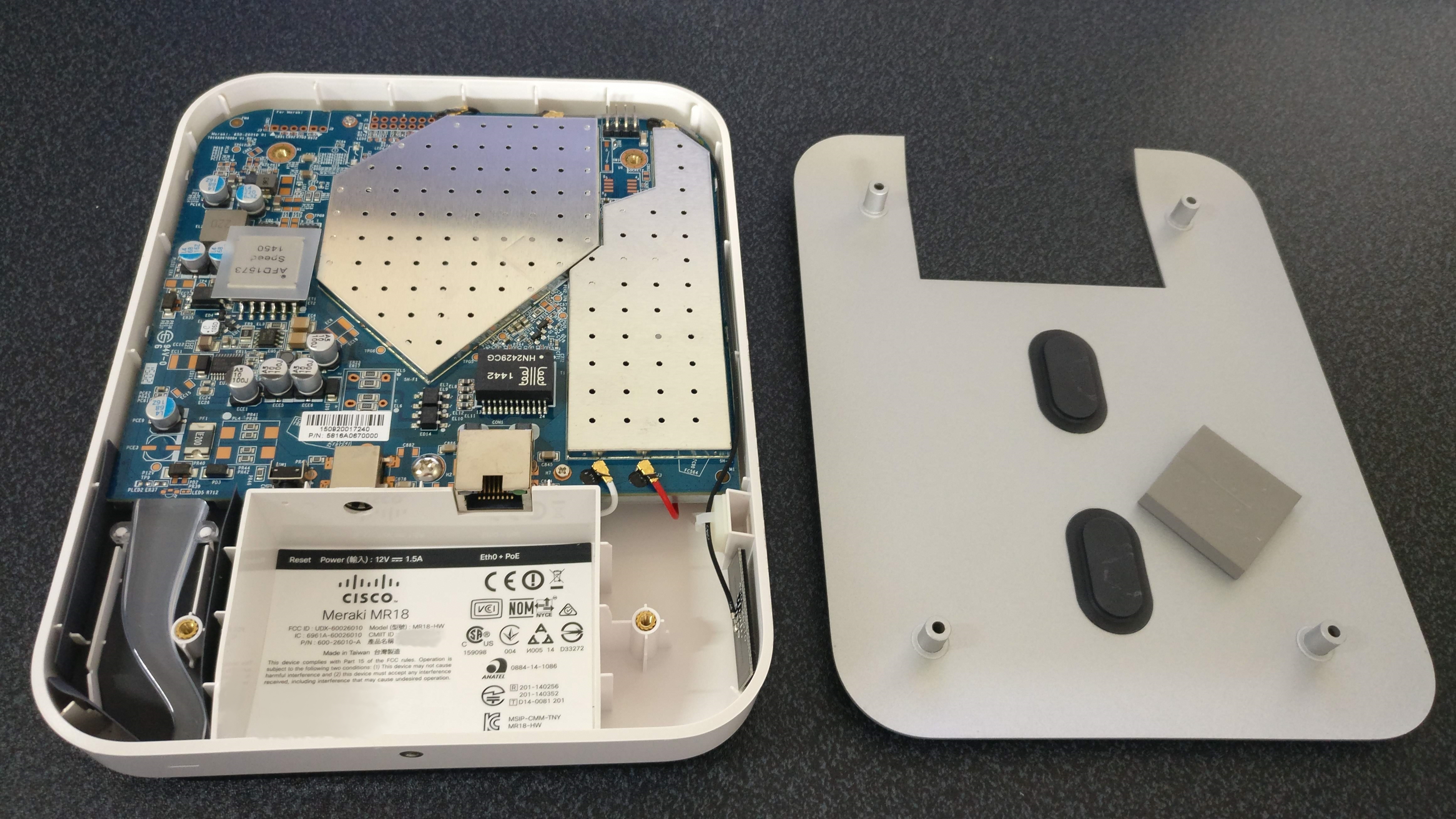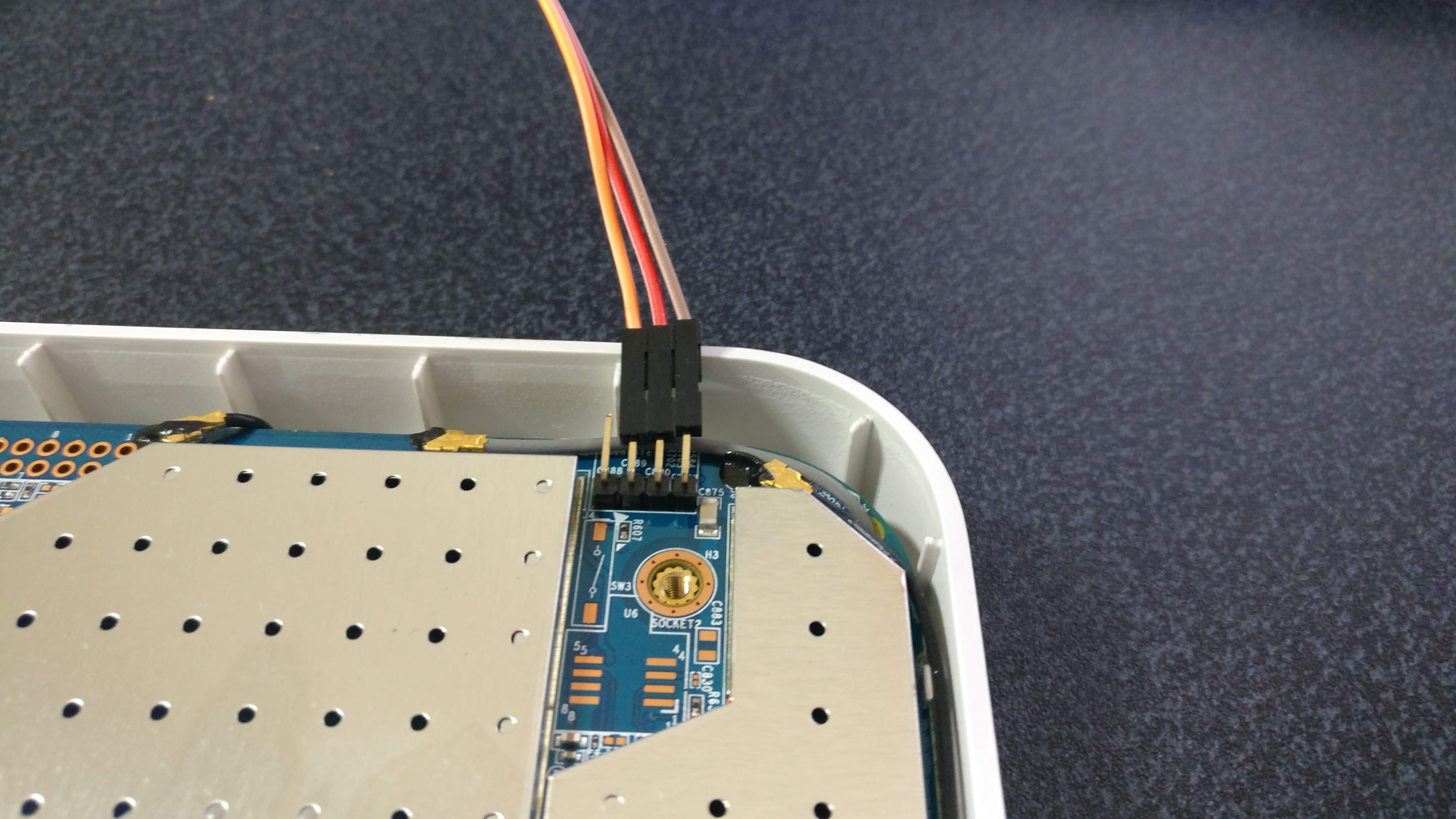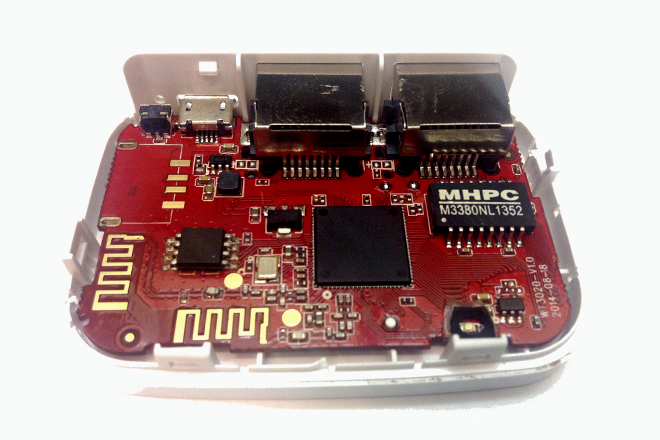What is a Corporate Network?
Corporate Networks are highly thought out and well-designed critical business infrastructure that can span many buildings or geographies. The more complex an organisation is, the more expansive and multi-format the network can be.
A Corporate Network will often have an acceptable use policy and may monitor its usage.


Features of a Corporate Network
Many corporate networks utilise additional benefits that home or small business routers usually are not capable of, such as;
- Quality of Service or QoS is a layer 3 network technology that can prioritise (or more importantly de-prioritise) traffic by application, such as streaming, game services or file sharing.
- Traffic Shaping is a bandwidth management tool to slow long running or high bandwidth downloads to prioritise other activities and ultimately restrict high utilisation on the network by a single client. This is most useful where bandwidth externally is limited.
- VPNs (such as L2TP/IPSec or Wireguard) or SSL Tunnels (SSTP) allow corporate networks to link together across global infrastructure, SSL Tunnels can ensure that all data accessed by clients is encrypted by the link itself, so that any HTTP traffic for example must ultimately first travel SSL encrypted to the VPN routing appliance or provider.
- VLANs can segregate and isolate riskier traffic as well as limit chatter or prevent sniffing ports. VLANs can also by separated by different subnets or network classes to protect, prioritise or isolate IT infrastructure and management from users. For example many switches have a management VLAN to prevent end-user clients re-configuring or accessing the management portal for the switch itself.
- IPv6 is a relatively common new link format however some organisations are starting to implement IPv6 in their infrastructure in preparation for the switchover. Personally I believe this will not be a requirement for some time.
- Content filtering and Proxying is used in organisations to protect valuable data and users from compromise and exfiltration. Some organisations require a proxy to reach external services and most implement some form of content filtering, generally for productivity or traffic management purposes.
- DNS or Domain Name System servers can provide internal network resources resolvable and recognisable addressing for internal services. Most enterprises use DNS with Active directory through windows server domain controllers so that their Windows clients can take advantage of resolvable network names for windows machines.
Features of a Large Corporate Network
Larger Corporate Networks, ones that can encompass tens of thousands of devices or more could be considered large and may take additional setup, such as;
- Load Balancing can be used to balance demand to external or internal services like internal enterprise applications or highly available applications that are business critical.
- iBGP Routing or Border Gateway Protocol is usually only required for extremely large networks. Where routing and network policies are likely to change. BGP Routing is generally only required for carrier ISPs or enterprises dealing with internet infrastructure. For customers, due to the premium on network devices, the requirements of the networks used by enterprises and organisations are generally less than BGP can facilitate and BGP is not supported on smaller SOHO (Small Office/Home Office) networks.
Corporate Network Internal Services
DNS or Domain Name Systems
You may wonder how companies and other organisations are able to utilise top-level domain names that are not typically available on the internet, such as example.local and subdomains for a real domain, such as internal.example.com where internal.example.com is not a real external subdomain.
This is possible through many technologies and can incorporate many aspects to enable additional features like trusted SSL and network-level authentication or windows authentication to provide a relatively normal experience for end-users while being completely inaccessible from external networks.
SSL or Enterprise Trust
Even consumer routers often provide the facility to reserve DHCP addresses and register DNS names and aliases, but providing trusted SSL is accomplished through using either,
- A local, trusted SSL certificate signing authority, with the organisations root or supplementary SSL certificate trusted by clients.
- A real, actual trusted wildcard SSL certificate for a subdomain of the organisation. This is less common as it would require the same certificate to be on every application.
Network Segmentation and Isolation
A Corporate Network may utilise Network Segmentation to isolate external clients from internal applications or require a VPN to access. In this case, rules on the router allow inter-VLAN communication and routing table rules to allow communication with clients. Some networks may implement a zero-trust architecture in their network access.
Network segmentation restricts access to different services based on rules to help protect an enterprise from enumeration and the exfiltration of data, as access to the network is only possible through opaque rules that will make data transfer over the mediums allowed difficult. For example, access to a public server on a trusted LAN through a direct connection over SSH port 23 may not allow access to web-based interfaces internally such as port 80 or 443 as network rules prevent access, usually by dropping packets.
Many organisations may utilise these technologies in conjunction with an SSL proxy to provide legacy applications with an HTTPS frontend to a web server that is not configured for SSL, as access to the application web server would be restricted to only allow traffic through the proxy.
VPNs and DirectAccess
DirectAccess (similar to an always-on VPN) for Windows or VPN services like L2TP/IPSec enable corporate networks to be spanned over different environments, such as;
- Field Engineers who rely on access to internal databases for parts or documents.
- Mobile Devices and Tablets for reading email remotely.
- Work from Home Deployments (WFH) for office employees who need access to shared drives and groupware.
- Satellite or Remote Offices can deploy over the VPN to ensure a consistent experience for employees who travel.
- Otherwise insecure environments, like coffee shops can be used as internal services will be accessed over the VPN and not directly over the internet.
- Customer Premises where interfaces required on site can be relayed to internal networks at the origin organisation.
VPNs once configured with credentials can be utilised to provide network access as though they were direct clients of the VPN router, which could be placed in a trusted part of the enterprise and provide the typical trust, filtering and proxying required by the organisation configuration.
VPNs can often disconnect at work because there are packets not making it to the VPN provider. The simplest method to rectify this is usually by using an Ethernet cable.
Corporate Network IP Schemes
Unlike a public IP address with a single home network-attached, a corporate network may take advantage of using many IP addresses, networks and physical links to their ISP to provide a more robust and uniform experience to users.
Almost all corporate networks will use VLANs and network subnets to distribute their client environments to isolate services for example, a computer lab in a school vs a teacher network, or an open WiFi network at a restaurant compared to a private one for POS (Point of Sale) terminals.
Generally, most enterprises use the 10.0.0.0/8 IP CDIR block, using different subnets for different kinds of devices. Using the traditional 256 contiguous class C network addresses 192.168.0.0/16 range may not provide enough IP addresses for some larger deployments. (65,536 possible clients).
Corporate Network WiFi
Generally, Corporate Networks used to be a closed ecosystem, where only trusted devices and non-enterprise owned equipment was not present, this is no longer the case.
Rather than use combination Routing and Access Point devices like a home router, enterprises utilise extensive commercial WiFi Access Points that can provide access to numerous clients and can be distributed through the locations the organisation resides, like buildings and restaurants. Using dedicated hardware like Access Points enables the use of specialist configurations, like access point hopping for clients and PoE for easier installation and unification.
Some newer WiFi networks can also provide certificates that can be used in the organisation to access internal resources over SSL.








